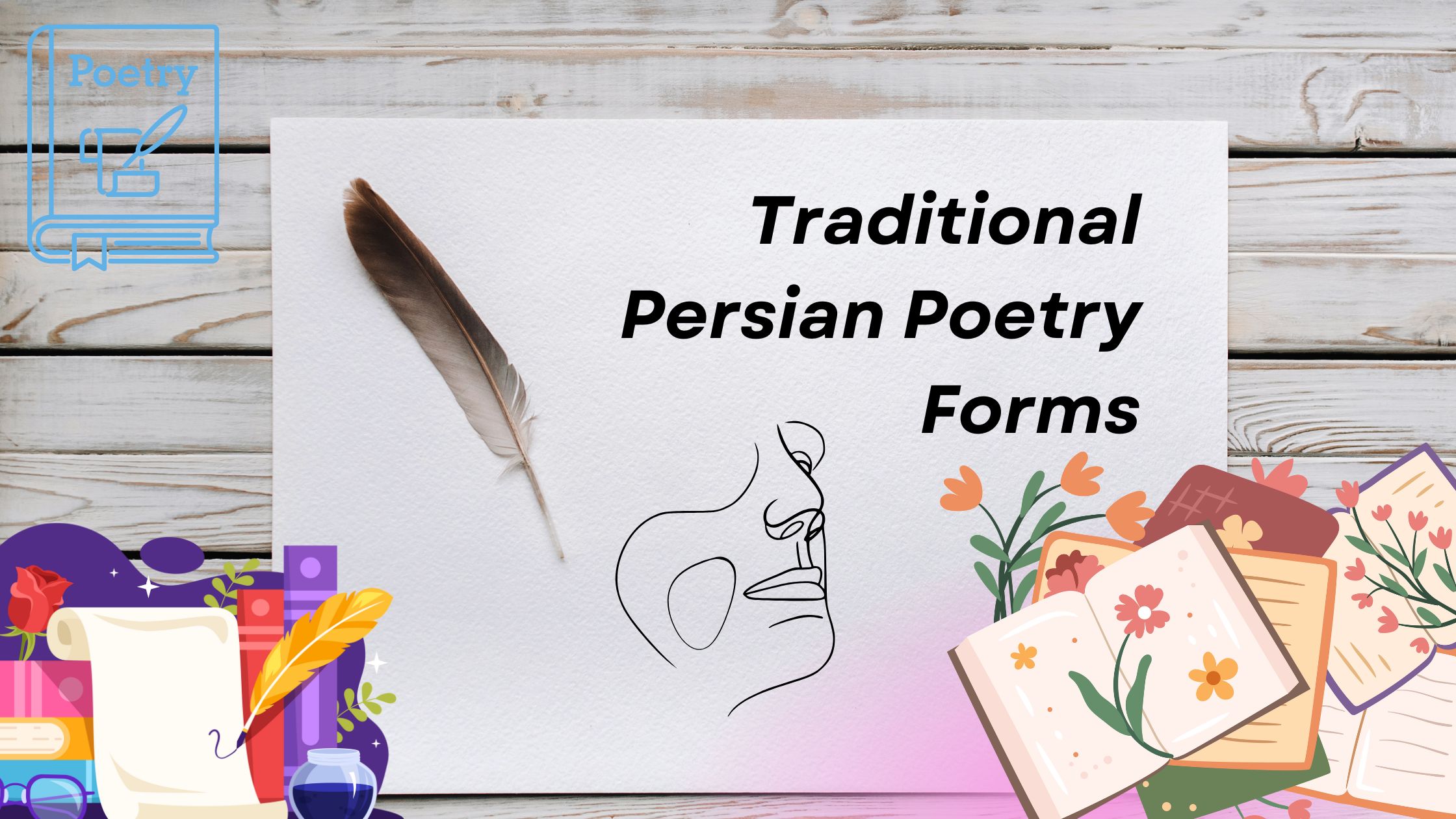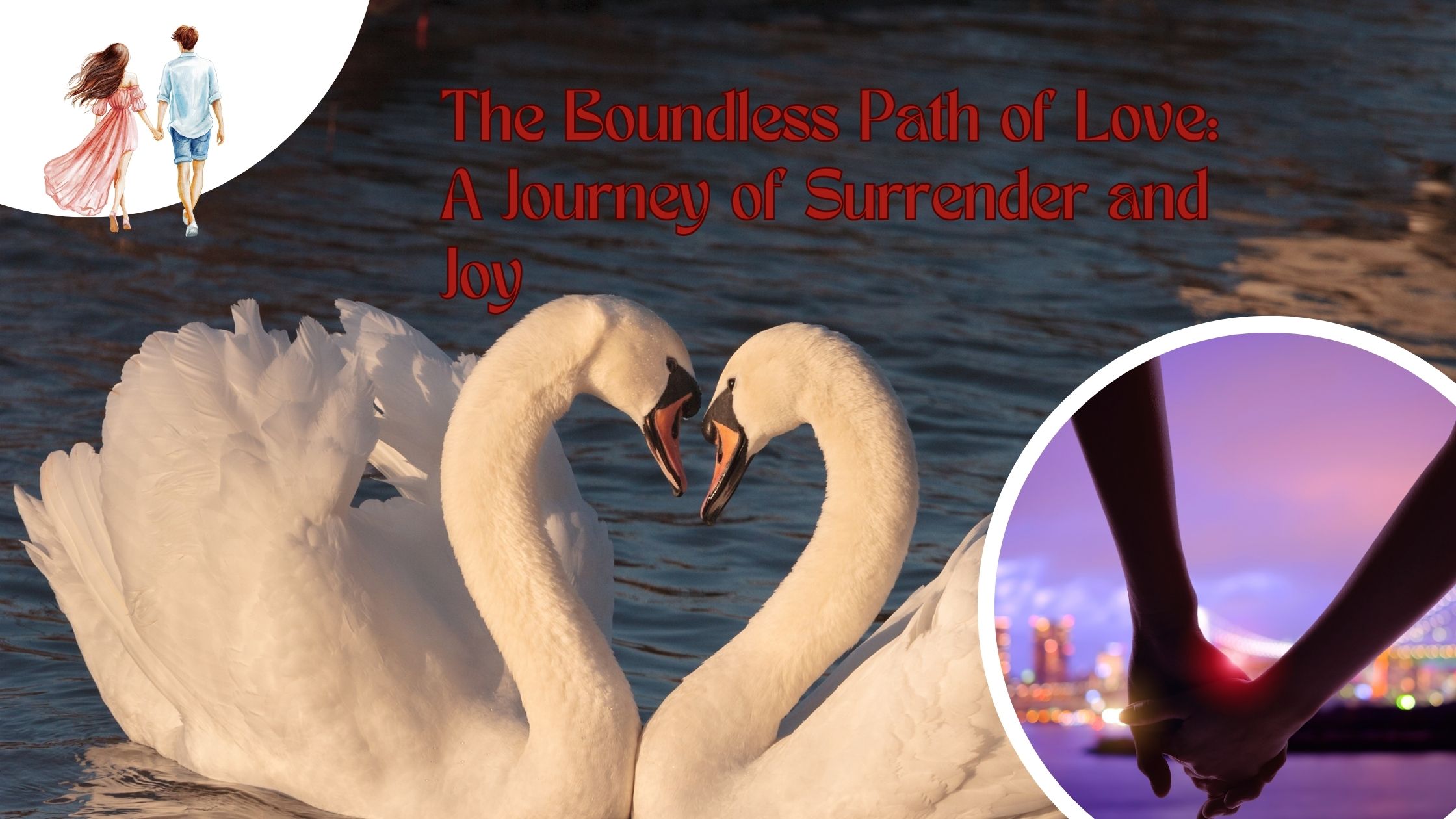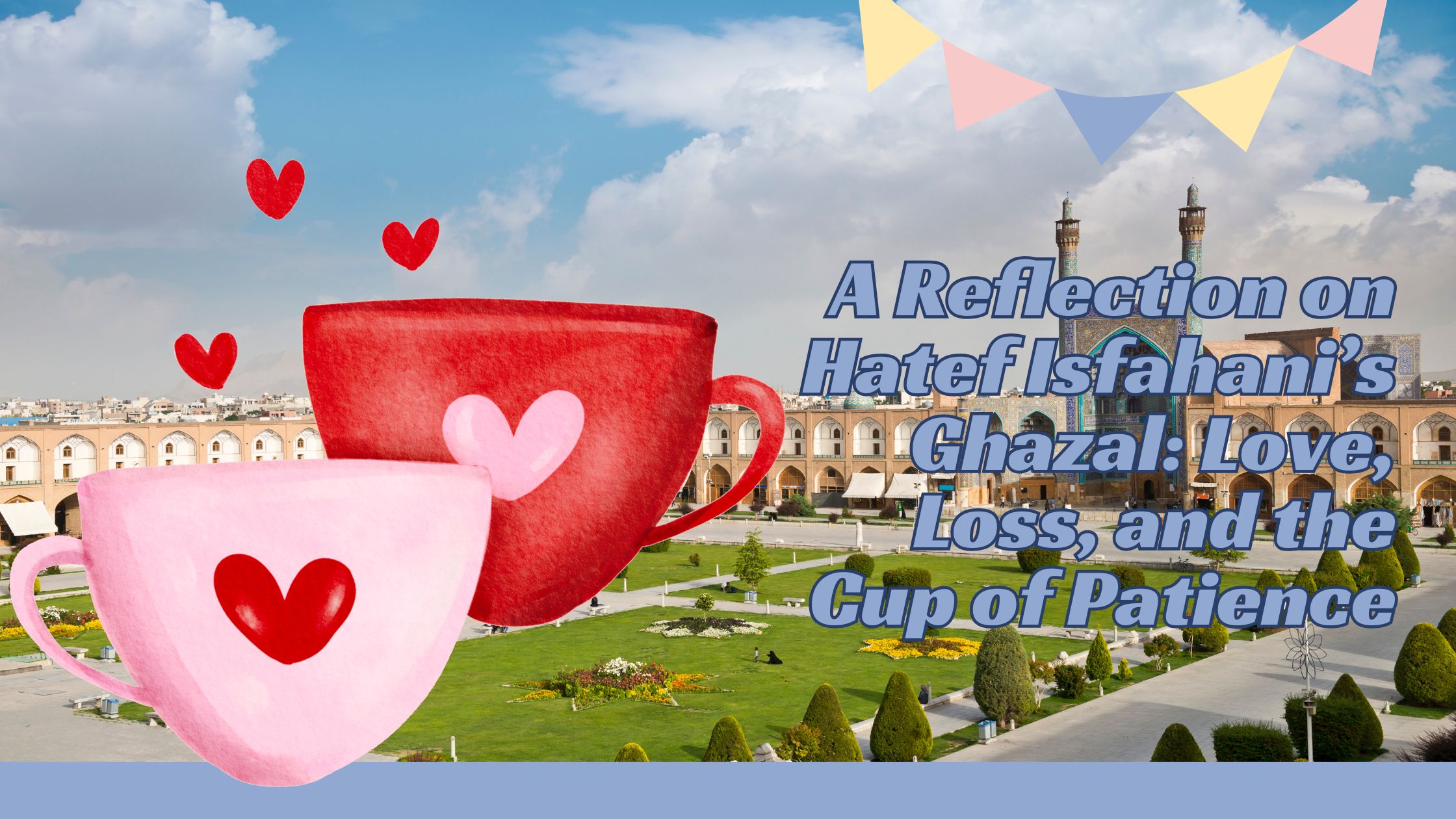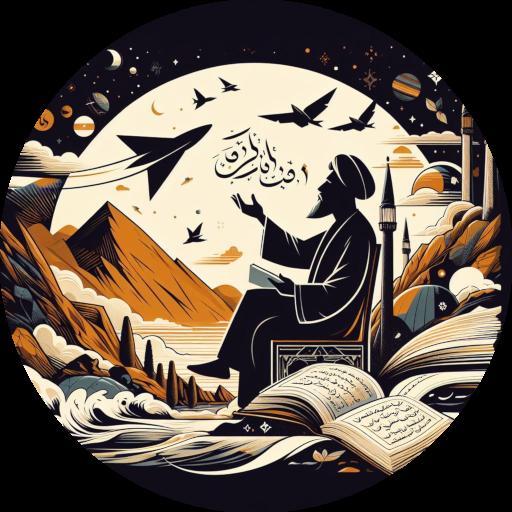Persian poetry, with its rich history spanning over a millennium, has developed several distinct poetic forms that have influenced literature worldwide. Each form follows specific rules regarding rhyme, meter, and structure, creating a beautiful framework for expressing complex emotions and ideas.
Ghazal (غزل)
The ghazal stands as perhaps the most renowned Persian poetic form. This elegant structure consists of five to fifteen couplets, with the first couplet setting the rhyme pattern that subsequent couplets must follow. The last couplet often includes the poet's pen name (تخلص / takhallus) as a signature.
Each couplet in a ghazal presents a complete thought, yet all couplets are united by a common theme, typically love—both earthly and divine. The rhyme scheme follows the pattern AA BA CA DA, where A represents the recurring rhyme.
Qasida (قصيده)
The qasida, longer than the ghazal, traditionally serves as a panegyric poem praising a patron or celebrating significant events. These poems can extend to over a hundred couplets, maintaining a single rhyme throughout. The structure typically includes:
- An opening section describing nature or love (nasib)
- A transitional passage (guriz)
- The main subject matter, usually praise (madh)
Ruba'i (رباعی)
The ruba'i (plural: ruba'iyat) represents Persian poetry at its most concise. This quatrain form follows a specific meter called "رباعی وزن" (rubai wazn) and typically employs the rhyme scheme AABA. Made famous in the West through Edward FitzGerald's translation of Omar Khayyam's works, ruba'iyat often express philosophical thoughts or spiritual wisdom in just four lines.
Masnavi (مثنوی)
The masnavi form allows for extended narrative poetry, with each couplet rhyming independently (AA BB CC DD). This flexibility makes it ideal for epic tales and philosophical discourse. Rumi's "Masnavi-ye Ma'navi" stands as the most famous example, spanning six books of spiritual teachings and stories.
Qit'a (قطعه)
The qit'a, meaning "fragment," typically addresses ethical, social, or personal subjects. Unlike the ghazal, it begins with a rhyming couplet and maintains that rhyme throughout (bB aB cB dB). Qit'as often serve as vehicles for moral instruction or social commentary.
Tarkib-band (ترکیببند) and Tarji-band (ترجیعبند)
These complex forms consist of several stanzas, each following ghazal-like rhyming patterns, connected by a recurring verse or band. In a tarkib-band, this connecting verse changes with each stanza, while in a tarji-band, the same verse repeats throughout the poem.
Lesser-Known Persian Poetry Forms
Mosammat (مسمط)
The mosammat is a sophisticated form where each stanza consists of several lines (usually 3-5) with the same rhyme, followed by a line that carries the poem's main rhyme. This creates a musical internal structure that can be quite complex. Different variations exist:
- Mosammat-e Mosallas: Three-line segments
- Mosammat-e Morabba: Four-line segments
- Mosammat-e Mokhammas: Five-line segments
Mostazad (مستزاد)
This unique form adds a short complementary line (called zayd) after each main line of the poem. The zayd, typically half the length of the main line, extends or complements the meaning of the primary line, creating a rhythmic dialogue within the poem.
Chaharpara (چهارپاره)
A relatively modern form consisting of double-couplets where each stanza has four lines with an AABB rhyme scheme. While simpler than classical forms, it allows for direct expression of contemporary themes and has been popular in modern Persian poetry.
Masnavi-ye Mosajja (مثنوی مسجع)
A variation of the masnavi that incorporates prose-rhythm (saj') into its structure. Each hemistich (half-line) contains internal rhyme in addition to the end-rhyme of the couplet, creating a more complex musical pattern.
Do-bayti (دوبیتی)
Often confused with ruba'i, the do-bayti follows a different meter and has a more folk-oriented character. Popular in rural areas, it typically expresses romantic themes and follows the same AABA rhyme scheme but with its own distinct rhythm pattern.
Modern Innovations
Contemporary Persian poets have introduced new forms while respecting traditional structures. The "New Poetry" (شعر نو / she'r-e now) movement, pioneered by Nima Yushij, freed Persian poetry from classical constraints while maintaining its musical essence.
Conclusion
Persian poetic forms represent a sophisticated system of versification that has evolved over centuries. Their influence extends beyond Iran's borders, inspiring poets worldwide and contributing to global literary traditions. Understanding these forms provides insight into how structure and content can work together to create profound artistic expressions.
Note: The transliteration of Persian terms varies across different systems. This guide uses simplified versions for clarity.





